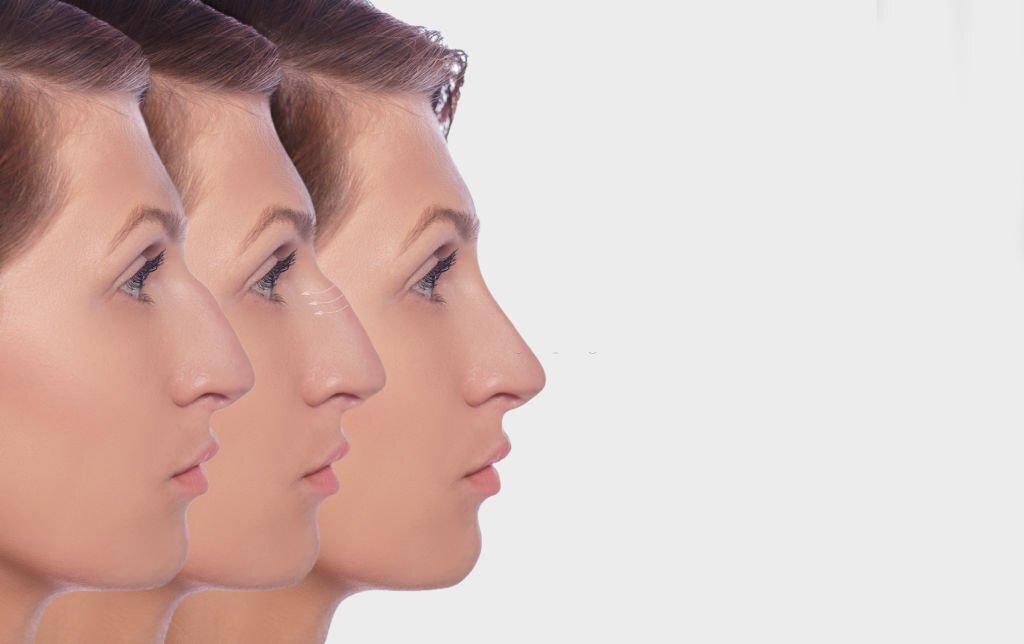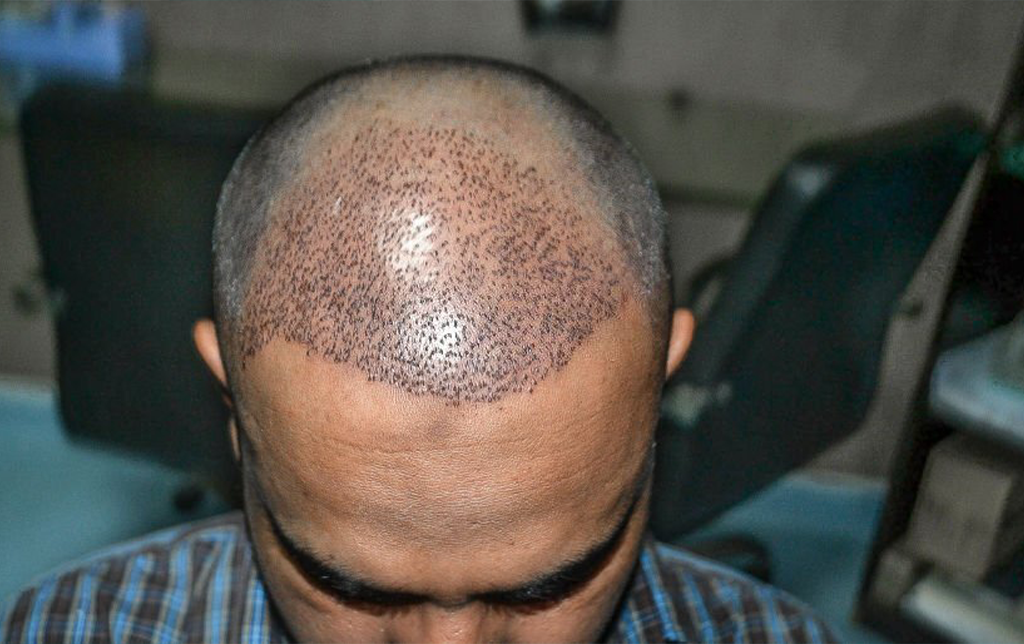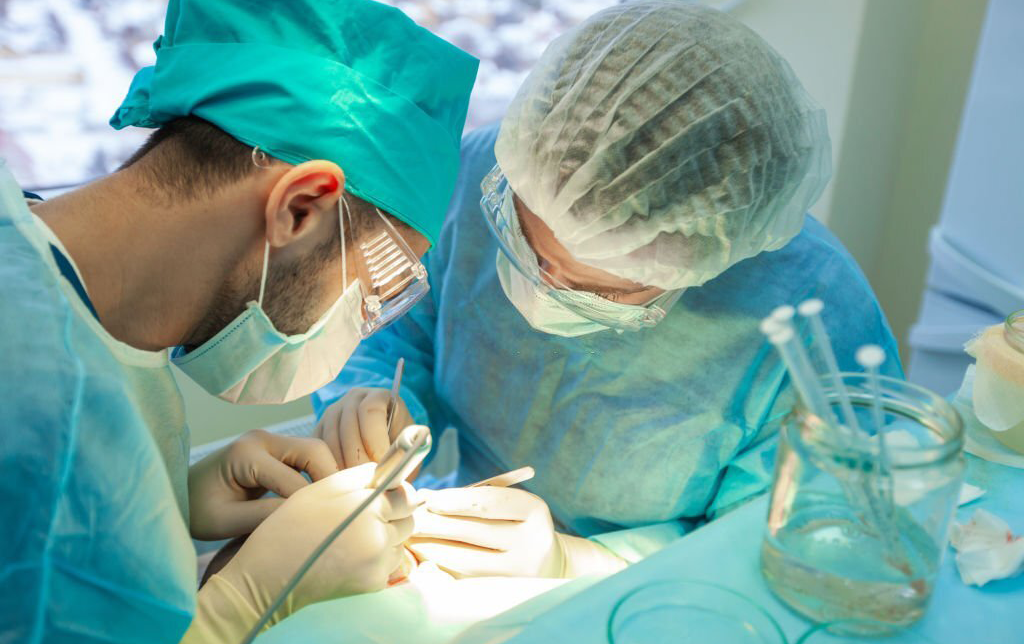- Home
- About Us
- Hair Treatment
- Hair Transplant
- Hair Loss
- Causes of Hair Loss
- Clinical Features
- Laboratory Test
- Medical Treatment
- Cyclic Treatment
- PRP
- Laser Treatment
- Surgical Treatment
- FUE
- Robotic
- FUT
- Beard Reconstruction
- Moustache Reconstruction
- Eyebrow Reconstruction
- Side Burn Reconstruction
- Complications Of Hair Transplant
- Alopecia Areata
- Telogen Effluvium
- Cosmetic Surgery
- Plastic Surgery
- Gallery
- Blogs
- Contact Us
Blogs

Nose Surgery (Rhinoplasty)
Nose reshaping (rhinoplasty or a “nose job”) is an operation to change the shape or size of the nose. It’s not usually available on the NHS if done for cosmetic reasons, but may be provided on the NHS if it’s needed to help you breathe.
What to consider before you have nose reshaping?
Nose reshaping is a complex operation. The results cannot be guaranteed, there are risks to consider, and it can be expensive.
Before you proceed, be sure about why you want nose reshaping. Speak to your General Physician first and take time to think about your decision.
What nose reshaping involves
Nose reshaping is usually carried out under general anaesthetic.
Depending on the type of surgery you’re having, the surgeon may:
- Make your nose smaller (nose reduction) – by removing some of the cartilage and bone.
- Make your nose larger (nose augmentation) – by taking cartilage from the ears and bone from the hips, elbow or skull, and using it to build up the nose (known as a “graft”)
- Change the shape of your nose (including the nostrils) – by breaking the nose bone and rearranging the cartilage.
- Change the angle between the nose and top lip.
The skin over the nose should shrink or expand to its new shape.
The operation involves either making a cut across the skin between the nostrils (open rhinoplasty), or tiny cuts inside the nostrils (closed rhinoplasty).
A closed rhinoplasty leaves no visible scars and causes less swelling but is not always possible or available.
The procedure can take 1.5 to 3 hours. You’ll probably need to stay in the hospital/Clinic for 1 or 2 nights.
You’ll have a dressing on your nose for the first 12 hours after the operation, and a splint held over your nose with tape for 7 days. You may not be able to breathe through your nose for about a week. You’ll be given painkillers to help control any pain or discomfort.
Recovery
You may need to take up to 2 weeks off work to recover from nose surgery.
It might be several months before you see the full effect of the operation, and up to 6 months for the swelling to completely go.
After about a week: Stitches can be removed (unless you had dissolvable stitches). The splint may also be able to come off.
At 3 weeks: Bruises, swelling and redness may have faded. You may be able to swim.
At 4 to 6 weeks: You should be able to resume strenuous exercise.
You may be advised to:
- Prop your head up with pillows for a couple of days when resting to reduce the swelling
- Avoid hot baths and getting the splint wet
- Avoid blowing your nose or removing any crusts until your appointment to have the splint removed
- Sneeze through your mouth to avoid pressure on your nose
- Avoid dusty or smoky places
- Avoid strenuous exercise or contact sports for 4 to 6 weeks
Side effects
It’s common after nose reshaping to have:
- A blocked nose – you’ll need to breathe through your mouth for a week or so.
- A stiff and numb nose.
- Soreness, swelling and bruising around the eyes, which can last 3 weeks
- Light nosebleeds for the first few days
What could go wrong
Nose reshaping surgery can occasionally result in:
- Permanent breathing difficulty
- Damage to the cartilage wall between your nostrils.
- An altered sense of smell
- Heavy nosebleeds
Any type of operation also carries a small risk of:
- Excessive bleeding
- A blood clot in a vein.
- Infection
- An allergic reaction to the anaesthetic
Your surgeon should explain how likely these risks and complications are, and how they would be treated if you have them.
What to do if you have problems
Cosmetic surgery can sometimes go wrong, and the results may not be what you expected.
Contact the clinic where you had the operation as soon as possible if you have severe pain or any unexpected symptoms.
If you’re not happy with the results of your operation, or you think it was not carried out properly, speak to your surgeon at the hospital or clinic where you were treated.
Nose reshaping (rhinoplasty or a “nose job”) is an operation to change the shape or size of the nose. It’s not usually available on the NHS if done for cosmetic reasons.
Rhinoplasty is a surgical procedure that can address various aesthetic and functional concerns related to the nose. Whether it’s correcting a bump on the bridge, refining the tip, narrowing the nostrils, or improving breathing difficulties, rhinoplasty can achieve significant transformations.
The procedure typically begins with a consultation, during which the surgeon evaluates the patient’s nasal anatomy and discusses their goals and expectations. Based on this assessment, a customized surgical plan is developed to achieve the desired outcome while maintaining harmony with the patient’s facial features.
On the day of the surgery, the patient is placed under anesthesia to ensure comfort throughout the procedure. The surgeon then makes incisions either inside the nostrils (closed rhinoplasty) or across the columella (open rhinoplasty), depending on the complexity of the surgery.
Through these incisions, the surgeon gains access to the underlying nasal structures, including bone and cartilage. They then reshape and sculpt the nose to achieve the desired contour and proportions. In some cases, additional cartilage may be harvested from the septum or ear to augment or support the nasal framework.
Once the desired changes have been made, the incisions are meticulously closed, and the nose is bandaged to provide support and protect the surgical site. Patients are typically able to return home the same day but will need someone to drive them due to the effects of anesthesia.
Recovery from rhinoplasty varies from person to person but generally involves some swelling, bruising, and discomfort in the nasal area. Patients are advised to follow post-operative instructions provided by their surgeon, which may include keeping the head elevated, avoiding strenuous activities, and taking prescribed medications to manage pain and reduce the risk of infection.
It’s important to note that while rhinoplasty can achieve dramatic improvements in nasal aesthetics and function, the final results may take several months to fully manifest as swelling subsides and the tissues settle into their new shape. Additionally, patients should have realistic expectations about what can be achieved through surgery and understand that minor imperfections are normal and may not be entirely avoidable.
Popular Posts

Follicular Unit Transplantation (FUT) or Strip Harvesting.
FUT hair transplants – otherwise known as Follicular Unit Transplantation or strip harvesting – are a popular...

Best Hair Transplant Doctor In Nagpur Location
Saundarya City Uses Modern techniques have enabled advanced methods for surgical hair transplants that can help restore lost hair...
At 3 weeks: Bruises, swelling and redness may have faded. You may be able to swim.



 Book an Appointment
Book an Appointment